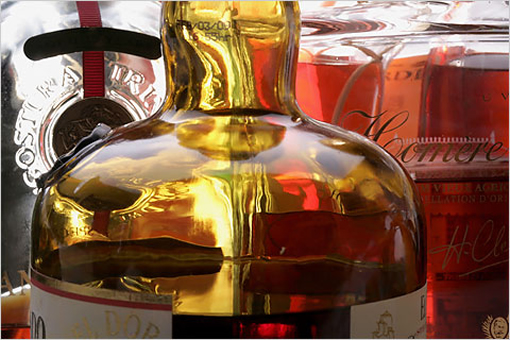The first time I tasted a superaged spirit—a rare 50-year-old Glenfiddich single malt scotch—I was taken aback. Not by the whiskey itself, but by the rapturous swooning of the whiskey geeks all around me at a tasting hosted by the whiskey brand. “It’s chewy,” one commented, smacking his lips for emphasis. “It’s kaleidoscopic,” another assessed. “It tastes like cigar tobacco and leather … and then caramel and spice … and then I taste oak … and then … ” And finally: “It’s been almost 10 minutes and I’m still tasting it!”
Their reactions weren’t surprising: In the world of wine and spirits, we’ve been told that older is always better. Spirits producers and bartenders have capitalized on this belief, releasing old and rare vintages at an increasing clip and selling them at premium prices. To a certain extent, the logic makes sense: unaged “white dog” whiskey can be good, 17-year-old scotch can be great, and 20-year-old bourbon can be mind-blowing. But to my tongue, that 50-year-old Glenfiddich was delicious but not awe-inspiring. Are some supervintage spirits just too old?
“Yes,” Dave Pickerell emphatically says. As a former master distiller for Maker’s Mark in Kentucky for 14 years and the current master distiller for Hillrock Estate Distillery in New York’s Hudson Valley, Pickerell has aged his fair share of whiskeys. “It is possible for a spirit to get too old. Sometimes older is better—but sometimes it’s just older.”
more on slate.com




